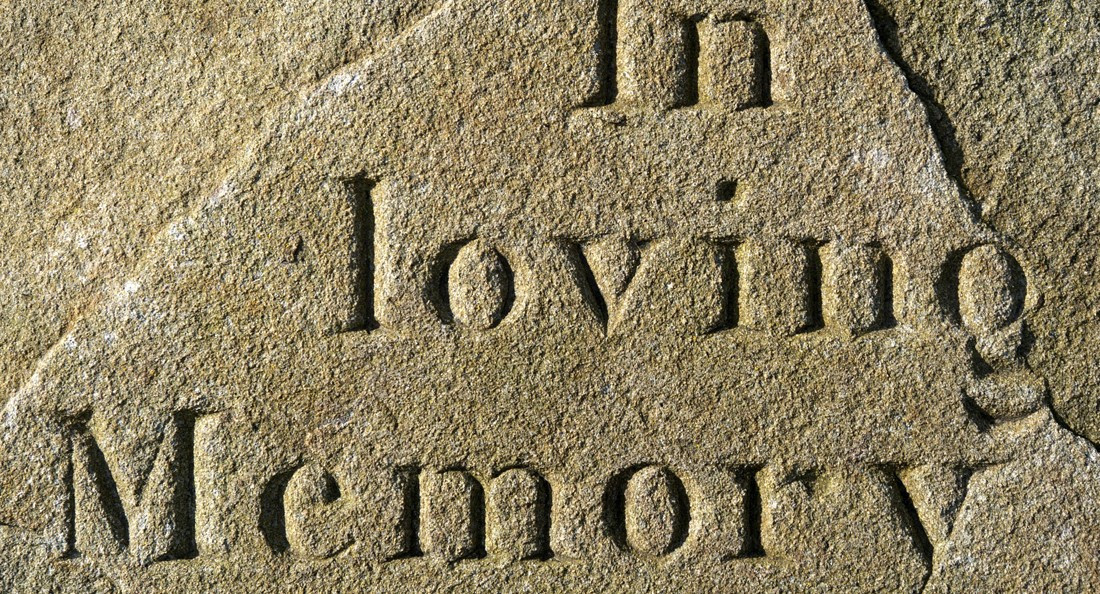This grief contains more than 280 characters
A closer look at mourning in the social media age
This Remembrance Day saw more than a dozen services and ceremonies throughout the city. At sunset, church bells throughout Winnipeg – and across Canada – rang out to mark the 100 years that have passed since the armistice that ended the First World War.
Some 3,000 people gathered at the RBC Convention Centre for Winnipeg’s annual ceremony. The Royal Winnipeg Rifles marched in the Remembrance Day Parade down Portage Avenue. Others tuned in to local TV coverage and live-streamed memorial events from elsewhere in the country and abroad – all to commemorate the people who served and fought during times of war, including the ones who never made it back home.
Aside from funeral services and the few – but incredibly important – annual public memorials like the Transgender Day of Remembrance and Pride Vigil, Remembrance Day ceremonies serve as some of the only remaining spaces in this city where people can physically gather to honour the dead.
Public grief still exists, but it manifests itself in different ways. Instead of collectively mourning together, this grief has recently shifted online. As I write now, I’m taking breaks to procrastinate and scroll through my Instagram and Facebook feeds. They’re flooded with tributes to Marvel Comics legend Stan Lee. His work, the storylines and characters he created clearly touched many lives, including mine.
Grief is palpable whenever a beloved celebrity dies or another mass shooting devastates Pittsburgh, Tallahassee or Thousand Oaks (and that’s just in the last month alone). These events are now so commonplace that people follow the same social protocol. When tragedy is publicized, tears, moments of silence and tweets demanding action have become the norm. Time passes, and each year, the same people repeat these actions to mark the anniversary of what happened.
But what about loss on a more personal scale? A loved one’s passing might not make the local news, let alone the front page of papers across the country, but many of these rituals stay the same. After the initial wave of Facebook posts and the funeral, there’s a lull – or at least, there’s supposed to be.
Socially, grief is frowned upon outside of designated spaces: the celebrations of life, social media posts and the few public memorial services that still exist. It’s a feeling best expressed behind closed doors, on one’s own time. A funeral is that one, final day of public mourning, after which the living are expected to move forward.
It’s been four months since I lost one of my close friends. Besides the necklace bearing his first initial that I wear almost every day and the words I write here, I haven’t felt comfortable publicly acknowledging my need to think about and remember him. Now that the initial flood of tears and Instagram posts has subsided, I don’t know what social protocol to follow.
In this age of social media, it might be time for tributes and grief to move offline. After funerals or other tragic events, people in mourning need spaces to safely honour and acknowledge their loved ones’ legacies. And while I’m not sure yet what that might look like, at least for me, writing about it is a start.
Danielle Doiron is a writer and editor still figuring out how to navigate loss.
Published in Volume 73, Number 10 of The Uniter (November 15, 2018)







